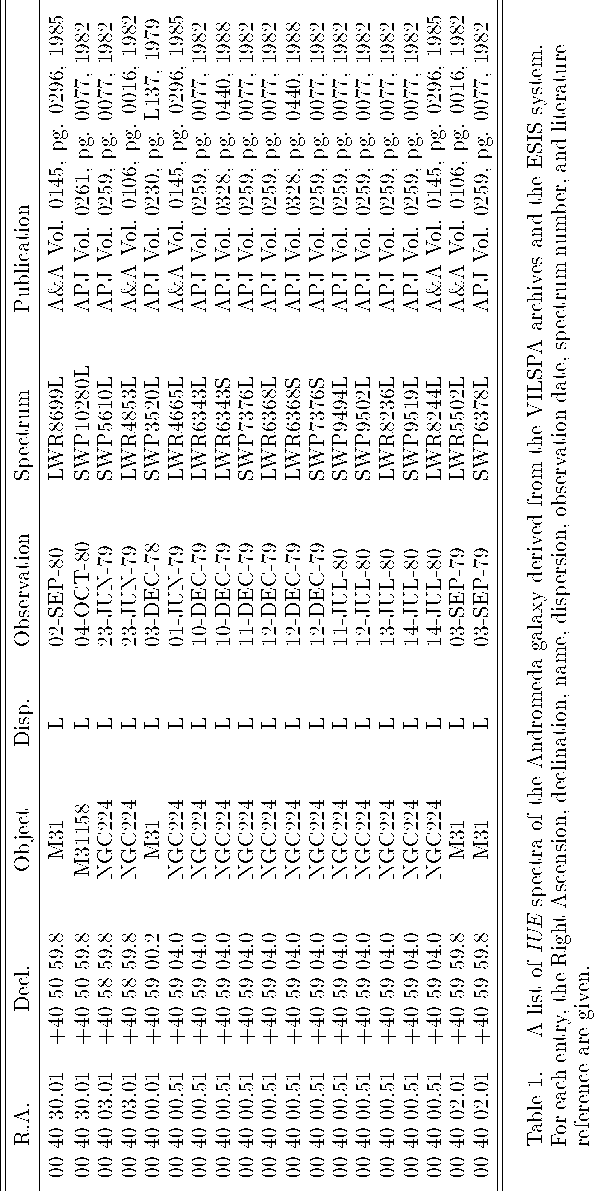
S. G. Ansari
ESIS, Information Systems Division of ESA, ESRIN, Via G.
Gallilei, C.P. 64,
Frascati, Rome 00044 Italy
A. Micol
ISO Project Science Team, Astrophysics Division of ESA, ESTEC, P.O.
Box 299/SA, Noordwijk,
2200 AG The Netherlands
Today's astronomical mission archives tend to provide data pertaining to the actual acquired observation. Object names, instrumentation used, and observation dates are typical entries found in almost all mission archives. Even future mission archives tend to concentrate more on what can be extracted out of a proposal or a Guaranteed Time Observation log than the actual extracted science out of the data itself.
The archives of today stop after the Principle Investigator has acquired the data. A year later the data is then publicly available. An archive researcher has then to go through a mass of data to find what may be useful without any indication as to what the actual observer's results were while using the data except the proposal, which in most cases is very general.
The IUE mission has one of the oldest digital archives in astronomy (Barylak 1988). The effort has not only gone into providing the IUE mission log, but also to scan all the publications that referred to any IUE data product. As a practical example, we searched the IUE database for all the spectra of the Andromeda galaxy using the on-line database at the VILSPA observing station and at ESIS (Giommi et al. 1994). We list in Table 1 each spectrum found and in which article it has been referenced. Scanning the on-line abstracts in the ESIS bibliographic service, we find several interesting papers that shed some light on what parameters were derived and what science was achieved with the data.
The only way to achieve this connection between a satellite mission and the science it produces is to make it a mission's policy that every data product be explicitly referred to in a publication. It would, however, simplify matters for archivists if Principle Investigators can provide at least one publication for each usable observation made.
Present mission archives should invest more time in accumulating published results. A common nomenclature such as that adopted by SIMBAD (Egret et al. 1992) could be used to refer to papers. These publications can then be easily used by systems like ESIS and ADS (Eichhorn 1994) to access the abstracts and from there on the printed publication.
From the IUE example it is obvious what the merits are, not only archiving the actual observation, but also archiving the publications related to it. Any future investigator will have a better understanding of the data and how reliable they may be. Another side effect is the justification of usage of an ongoing mission. It is not sufficient only to provide access statistics, since casual or curious users will normally be in the majority. The true usage of an archive can only be measured by the amount of scientific output achieved.
Egret, D. et al. 1992, SIMBAD User's Guide & Reference Manual
Eichhorn, G. 1994, in Astronomical Data Analysis Software and Systems III, ASP Conf. Ser., Vol. 61, eds. D. R. Crabtree, R. J. Hanisch, & J. Barnes (San Francisco, ASP), p. 18